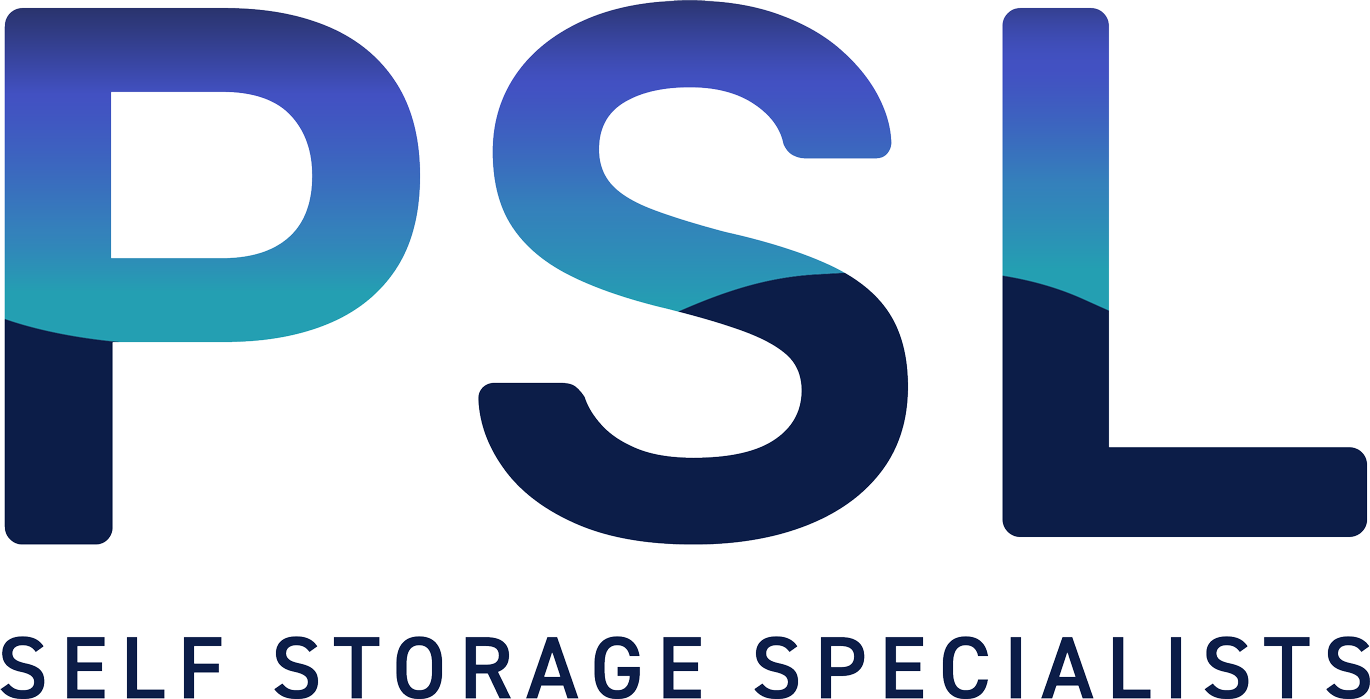When it comes to running a successful self-storage business, maximising the available space within your facility is key to attracting more tenants and increasing your revenue. Smart partitioning techniques can transform your self-storage layout, allowing you to accommodate a larger number of tenants while maintaining a functional and organised environment. In this article, we’ll explore effective partitioning strategies that are tailored to self-storage startups, helping you make the most of your space and provide exceptional service to your clients.
Understand Tenant Needs and Trends:
Before diving into partitioning, it’s crucial to understand the storage needs of your potential clients. Research current trends in the self-storage industry and gather data on the types of items people typically store. This insight will guide your partitioning decisions, ensuring that you create units that cater to your target audience.
Flexible and Adjustable Partitions:
Consider using partitions that can be easily adjusted or expanded as needed. This flexibility allows you to adapt to varying storage requirements, accommodating both small and large items. Adjustable partitions can be particularly useful for tenants who may need to upgrade or downsize their storage space over time.
Multi-Level Storage Layouts:
For startups with limited square footage, multi-level storage layouts can significantly increase your storage capacity. Utilise vertical space by installing mezzanines or platforms that provide additional levels of storage. This strategy can help you optimise the use of space without compromising on convenience for your tenants.
Modular Units for Customisation:
Offering modular storage units allows tenants to create their own customised storage areas. These units can be partitioned in various ways using shelves, dividers, and racks. This level of customisation caters to different types of items and enables tenants to efficiently organise their belongings.
Utilise Corridors and Aisles:
Efficiently designed corridors and aisles can make a significant difference in your facility’s layout. Optimise these pathways by using partitioning walls that are strategically placed to create clear, accessible pathways. This not only enhances the overall flow of the facility but also makes it easier for tenants to move their items in and out.
Security and Privacy:
Partitioning isn’t just about maximising space; it’s also about providing security and privacy for your tenants. Utilise partitions to create individualised storage spaces that deter theft and minimise unauthorised access. Clear divisions between units help ensure that each tenant’s belongings remain secure and protected.
Regular Maintenance and Upkeep:
Effective partitioning solutions require regular maintenance to remain functional and visually appealing. Inspect partitions for signs of wear and tear, and promptly address any issues. A well-maintained facility not only provides a positive experience for tenants but also extends the life of your partitioning systems.
Conclusion:
As a self-storage startup, implementing intelligent partitioning strategies is essential for optimising your facility’s space efficiency. By understanding tenant needs, utilising flexible partitions, considering multi-level layouts, and prioritising security, you can create a self-storage environment that not only maximises your revenue potential but also provides a seamless and satisfying experience for your clients. With the right partitioning approach, your self-storage startup can set the foundation for long-term success in the industry.
Looking for help with your next project?
Whether you are new to self storage or already have an established self storage facility, we can provide you with guidance and a full quotation for any aspect of your works.

